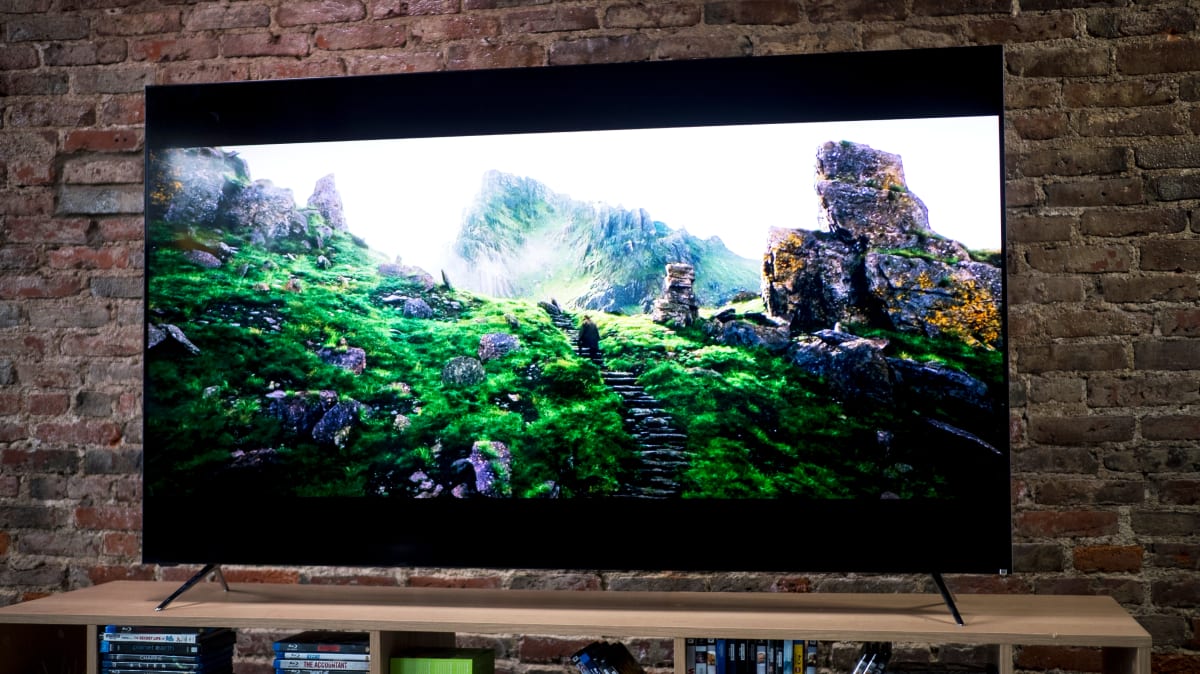A
Antenna Man
Guest
Original poster
Time for another AWESOME video from Tyler the Antenna Man!
View: https://www.youtube.com/watch?v=zSrsEflxKt0
Direct YouTube Link - Antenna Viewers May Lose TV Channels With Video Codec Change
AntennaMan's Website
AntennaMan on Facebook
View: https://www.youtube.com/watch?v=zSrsEflxKt0
Direct YouTube Link - Antenna Viewers May Lose TV Channels With Video Codec Change
AntennaMan's Website
AntennaMan on Facebook



